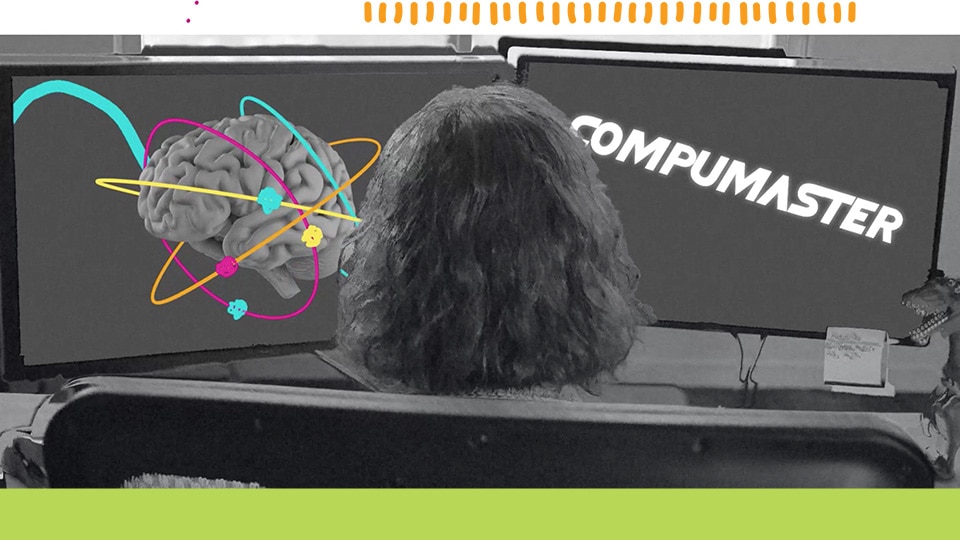It’s the Year of VDI! (Again) – A Costing Examination
September 12, 2019 |
Systems

If you attended a major conference or read any industry press over the last handful of years, you’d be excused for thinking everyone would be running on virtual desktop infrastructure (VDI) by now. We’ve been hearing “It’s the year of VDI!” for years. Yet, for a reasonably mature technology, VDI has never had the expected widespread, mainstream impact. When the concept first started getting attention, as with many technologies, everyone latched onto the big value prop that VDI would provide a great cost savings. However, it’s not quite as simple. Total cost of ownership (TCO) is often touted as the key metric with any technology, so today I’d like to explore some of the less apparent costs which go into VDI you should consider when evaluating if it’s the year of VDI for your organization.
Software Costs
You’d think this would be the easy part of the equation. OK, so you’ve got your hypervisor. Chances are, you’re looking at the same VDI vendor you use for traditional VMs, but the licensing model for VDI differs from your traditional hypervisor. Where a traditional hypervisor will typically be sold on a per-processor basis, VDI licensing is usually sold on a device or per-user basis. There’s even bifurcation within the per-user basis—you may see licenses sold on a named user (Mary and Stan get licenses, but Joe’s been a bad boy, so no license for him) or a concurrent-user basis (I get “N” licenses and that’s how many people can connect at a given time.) Whichever path you follow should be directed by your use case. If you’re looking to solve for shift workers, follow the sun, or similar, you may want to consider concurrent users, so multiple people can take advantage of a single license. If you’ve determined you have specialized workers with specific needs (think power users) then a named license model might make sense. As it pertains to our cost discussion, the concurrent user licensing can apply to multiple people, and hence has a higher dollar value associated with it, whereas the named-user license models may have a smaller spend associated, but come at the cost of reducing flexibility.
That was the “easy” part of software element of the equation, but there are several other software considerations we need to consider to roll up in the TCO of your VDI proposal.
Monitoring
At a high level, when you think about all the various layers to a VDI solution, you need insight into the servers running the platform as well as their underlying infrastructure, the network carrying your VDI data, the hardware your users leverage to access their VDI desktop, and performance within the desktop OS itself. Does your existing monitoring platform have the capabilities to monitor all these elements? If yes, great! You just need to account for some portion of that in your cost calculations. If no, there’s a lot of homework in front of you, and at the end you’re going to need an additional purchase order to get the monitoring platform.
Application and Desktop Delivery
This big topic could be its own post, but how are you going to deliver desktops to your users and how are the applications going to be delivered within the desktop? Are you going to leverage the VDI vendor’s capabilities to deliver applications? Are the apps going to be virtualized? Some of these options come with higher-level licensing from your VDI platform provider, but if you go with a lower-tier VDI license, you might want a third-party delivery mechanism. Or you could do it manually, but we’ll come back to that in a minute.
Backups
At some level you’re just backing up a bunch of VMs, but does your current solution meet the unique needs of a VDI environment? If you’re deploying any persistent desktops at all, the backup design will look very different from the minimal needs a non-persistent design presents. Don’t forget delivery of your VDI solution will likely encompass a number of servers that should be considered for protection.
One last word on software costs: A C-level exec once said to me, “We don’t need to buy operating system licenses; we’re virtualized.” It doesn’t quite work this way. Take the time to understand the licensing agreements for your desktop OS. I promise you’ll want to proactively learn what they say before the vendor’s auditors come knocking.
Hardware Costs
The most obvious hardware cost is how you connect to your VDI environment. If you’re a BYOD shop, the job is done—just provide your users the agent they need. Typically though, you’re going to be evaluating zero clients against thin clients. Zero clients are essentially dumb terminals with little configurability and little flexibility, but it’s probably your cheapest option to purchase. Thin clients can cost the equivalent of a desktop PC, but you get a lot more horsepower, as they typically have better chipsets, memory, and graphics. Thin clients will usually support more protocols if you leverage multiple solutions as well. Know your users and understand their workloads to help you decide on client direction.
In my experience, storage plays a very important role in the success of the VDI project. Do you plan on leveraging persistent or non-persistent desktops? The answer will drive whether you need additional storage capacity to support persistent desktops or not. Have you ever experienced a boot storm? If you have, then you know your storage components can create a bottleneck affecting your user experience. Take the time to evaluate your IOPS needs and whether all the components of your storage sub-system can support everyone in the organization logging on at 9 a.m. on a Tuesday following a long holiday weekend. Failure to do so could result in an unexpected and potentially expensive “opportunity” for a new storage project.
Opportunities and Opportunity Cost
What you give up and gain from a VDI solution is probably going to be the hardest part to quantify but should be one of the larger drivers of the initiative. Troubleshooting a Windows desktop, for example, is a relatively straightforward process. What if the Windows machine is a VDI desktop? Once you’ve converted to a virtual desktop infrastructure, you now have to troubleshoot the OS, the connecting hardware, VDI protocol, network, hypervisor, storage, and so on. Does your organization have the appetite for the time and resource commitments to retool your team to handle this new paradigm? Conversely, anyone who’s had to patch hundreds or thousands of desktops (and deal with the fallout) will probably appreciate the simplicity of patching a single golden image.
How security-conscious is your organization? If data loss prevention is a big concern for you, then all the other costs may fall by the wayside, as a VDI solution provides a lot of security measures to better protect your organization right out of the box. What about offering seamless upgrades to your users? How much value would you place on that user experience? I know we find it highly valuable both from an effort and a goodwill perspective.
A lot of hidden costs and considerations can trip up your VDI initiative. While it’s hard to cover everything, hopefully this piece helps illuminate some dark corners.
Share:
Scott Driver
Scott is a 20-year IT infrastructure professional with a focus on virtualization and scripting. Based in Vermont, Scott has spent time running the gamut from…
Read more








